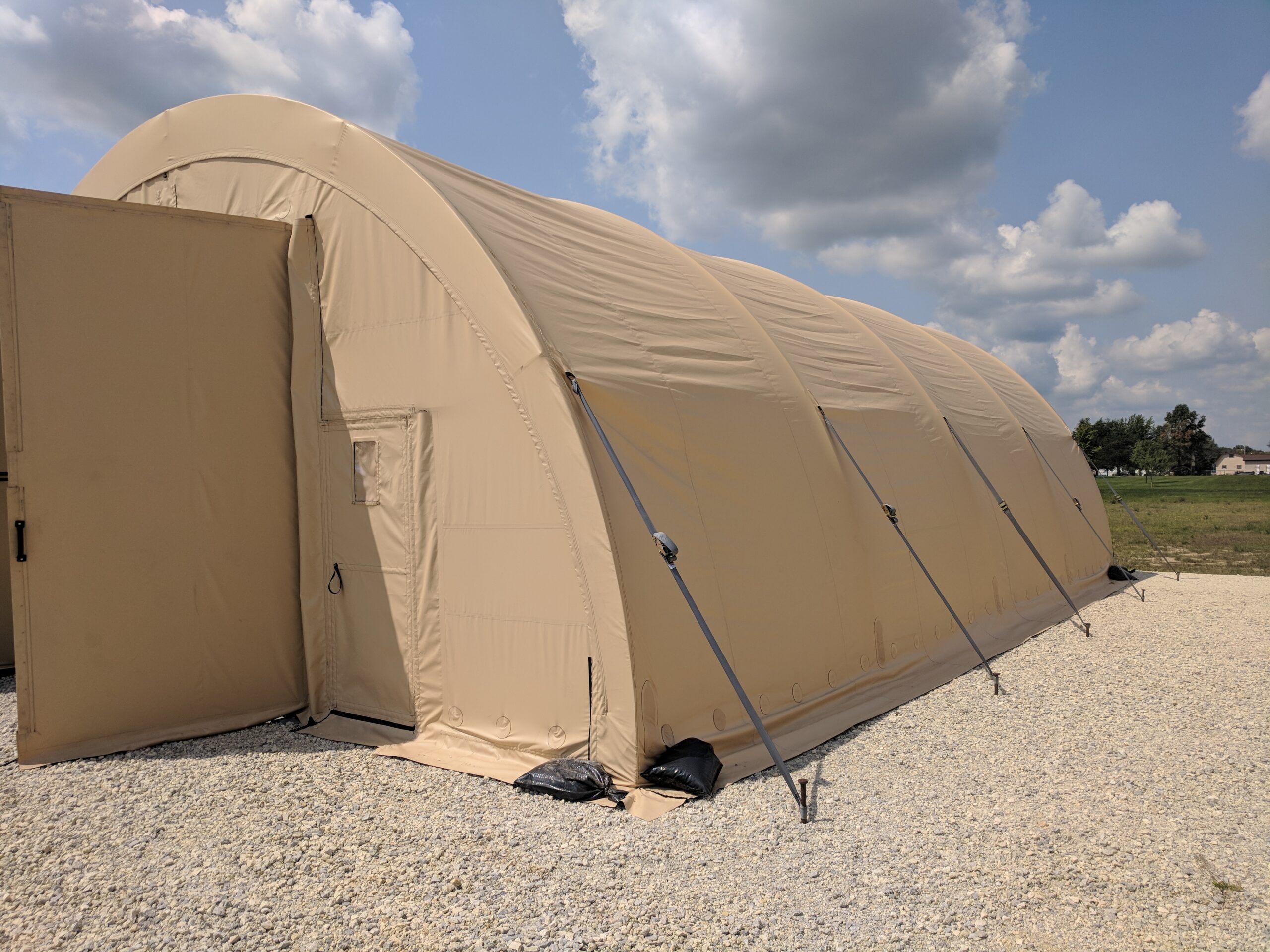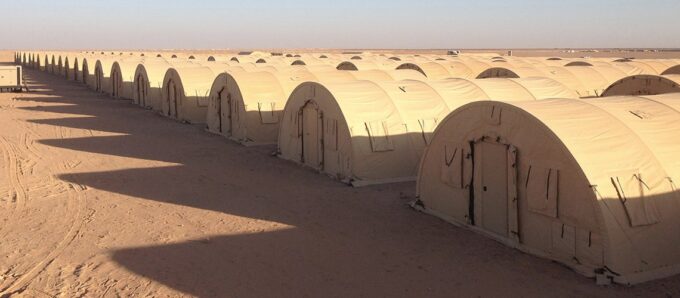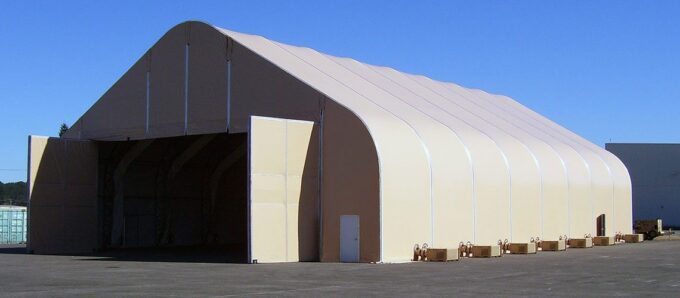In the dynamic landscape of the commercial sector, shelter systems have emerged as a cornerstone of innovation and practicality. These versatile structures, ranging from modular pop-ups to sophisticated, environmentally adaptive constructions, have transcended their traditional roles to become integral components in various commercial applications.
Their ability to offer quick, cost-effective, and adaptable solutions makes them indispensable in scenarios ranging from temporary event hosting to long-term industrial use. This article delves into the evolving role of shelter systems within the commercial sector, highlighting their growing importance and the myriad ways they are being reimagined and repurposed to meet the ever-changing demands of modern business.
Our exploration aims to shed light on current trends and applications and envision the future potential of these adaptable systems in reshaping commercial landscapes.
Current State Of Shelter Systems In Commerce
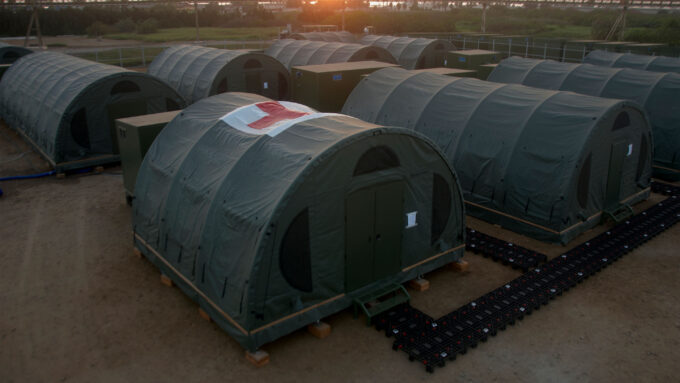
Shelter systems today are integral to the commercial sector and are known for their versatility and efficiency. These structures, varying from simple canopies to elaborate modular buildings, have found diverse applications in business environments. For instance, temporary warehouses epitomize the functionality of these systems, providing businesses with flexible storage solutions that adapt to fluctuating inventory needs. Event tents are another prominent example, catering to the demands of corporate events and trade shows with their ease of setup and customizable features.
The benefits of utilizing a small shelter system in these settings are substantial. They offer a cost-effective alternative to permanent constructions, significantly reducing time and financial investments. Additionally, their modular nature allows for easy scalability and adaptation, catering to the specific requirements of different commercial activities. This adaptability, coupled with the reduced environmental impact due to their reusability and efficient design, makes shelter systems smart for modern businesses looking to combine practicality with sustainability.
Emerging Trends And Innovations
The realm of shelter systems in the commercial sector is experiencing a surge of innovation driven by new technologies and a growing emphasis on sustainability. Advanced materials such as high-strength, lightweight fabrics and thermally efficient composites revolutionize shelter design. These materials enhance durability and weather resistance and contribute to energy efficiency, a critical aspect in today’s environmentally conscious market.
Sustainability is another key trend shaping the future of shelter systems. Eco-friendly practices are being integrated into the manufacturing and operational phases, focusing on reducing the carbon footprint.
This includes using recycled materials, solar-powered energy systems, and design minimizing waste. The aim is to create shelters that serve commercial purposes and align with global efforts to protect the environment.
Furthermore, the concept of ‘smart shelters’ is gaining traction, marrying traditional shelter functions with cutting-edge technology. These shelters incorporate IoT (Internet of Things) capabilities for enhanced functionality, such as climate control, security monitoring, and automated lighting systems.
This integration of technology not only boosts efficiency but also provides a level of customization and control previously unattainable, opening up new possibilities for how shelter systems can be used in the commercial sector.
Successful Applications

Innovative Use In Retail Pop-Ups
One remarkable example of shelter system application is seen in the retail sector, particularly in pop-up stores. A prominent sports brand utilized a custom-designed shelter system for a series of pop-up shops across major cities. These structures provided a quick and efficient setup. They allowed unique branding experiences, drawing in customers with their novel design.
The success of this application lay in its blend of practicality and marketing – the shelters were easy to transport and set up. At the same time, their distinctive appearance created a buzz, enhancing brand visibility and customer engagement.
Efficiency In Emergency Response
Another significant application is found in emergency response. Following a natural disaster, a humanitarian organization deployed modular shelters as temporary medical centers. These shelters were chosen for their rapid deployment capability and resilience under harsh conditions.
The success here was in the shelters’ ability to provide immediate, safe, and functional spaces in critical situations, underscoring the importance of adaptability and durability in emergencies.
Best Practices And Lessons Learned
The key to success lies in choosing the right design for the specific need – creating an eye-catching retail space or a functional emergency facility. Adaptability, ease of setup, and durability are crucial factors.
Moreover, these applications show that integrating additional features, such as branding for retail or specialized equipment for emergency shelters, can vastly enhance the functionality and effectiveness of the shelters.
Challenges And Considerations
Navigating Regulatory And Zoning Challenges
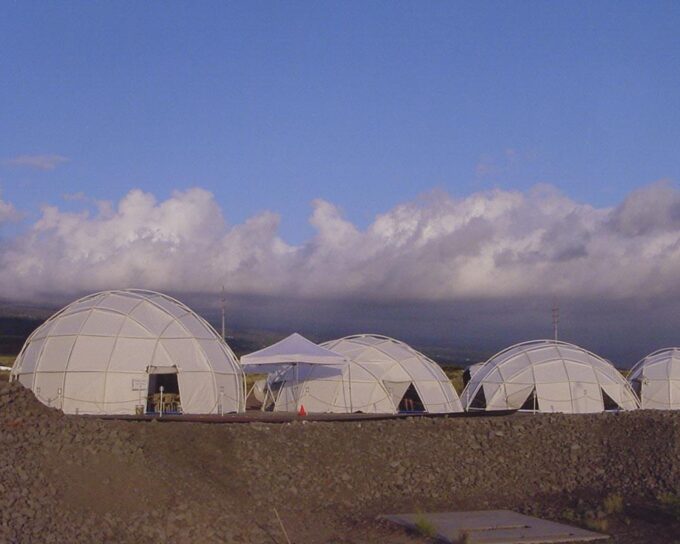
One of the primary hurdles in deploying shelter systems in the commercial sector is navigating the complex web of regulatory and zoning requirements. Different regions have varying codes and standards that dictate where and how these structures can be used.
For instance, temporary structures used for events may face stringent regulations regarding size, location, and duration of use. Businesses must diligently understand and comply with these legalities to avoid costly penalties and delays.
Addressing Safety And Durability Concerns
Safety and durability are paramount in shelter systems, especially in commercial settings where public safety and asset protection are at stake. These structures must withstand environmental challenges such as extreme weather conditions, which necessitate rigorous testing and adherence to safety standards.
Ensuring that the materials and design of the shelter systems are robust enough to meet these demands is critical for their successful application.
Evaluating Cost-Effectiveness And Financial Implications
The financial aspect of utilizing shelter systems is another crucial consideration. While these structures are often considered cost-effective alternatives to permanent buildings, the initial investment and maintenance costs can vary significantly.
Factors like material quality, design complexity, and longevity play a role in determining the overall cost-effectiveness. Businesses must evaluate these aspects to ensure the shelter system provides a viable financial solution that aligns with their budget and long-term operational goals.
Future Outlook
Anticipating Expansion In The Commercial Sector
The future of shelter systems in the commercial sector is poised for substantial growth and diversification. Predictions suggest an increased adoption of these structures across various industries, driven by their versatility and efficiency.
Emerging markets such as eco-tourism and remote workspaces are likely to see a surge in the use of shelter systems, as they offer practical and sustainable solutions in line with evolving business models and consumer preferences.
Exploring New Markets And Applications
In addition to traditional uses, new markets are opening up for shelter systems. For example, the increasing focus on outdoor experiences could expand their use in creating immersive and environmentally integrated commercial spaces.
Another potential area is urban planning, where shelter systems could provide innovative solutions for temporary housing, community events, or pop-up retail spaces in densely populated areas.
The Crucial Role Of Research And Development
The advancement of shelter technology will heavily rely on continuous research and development. This involves improving the materials and design for durability and sustainability and integrating smart technologies for enhanced functionality.
The future could see shelters with AI-driven climate control, energy-efficient systems, and advanced safety features. Research in these areas will be crucial in pushing the boundaries of what shelter systems can achieve, making them a temporary solution and a key component of future commercial infrastructure.
Concluding Thoughts
The expanding applications of shelter systems in the commercial sector highlight a remarkable transition from conventional uses to innovative, multi-purpose solutions. These versatile structures have demonstrated immense potential in addressing diverse business needs, from temporary event spaces to sustainable, smart shelters.
As we witness this evolution, it becomes clear that shelter systems are not just temporary fixes but pivotal elements in shaping the future of commercial infrastructure.
This burgeoning field invites businesses, innovators, and investors to delve deeper, exploring new applications and investing in the technological advancements that drive these systems forward. Embracing this dynamic shift aligns with current trends and paves the way for groundbreaking developments in commercial infrastructure solutions.


